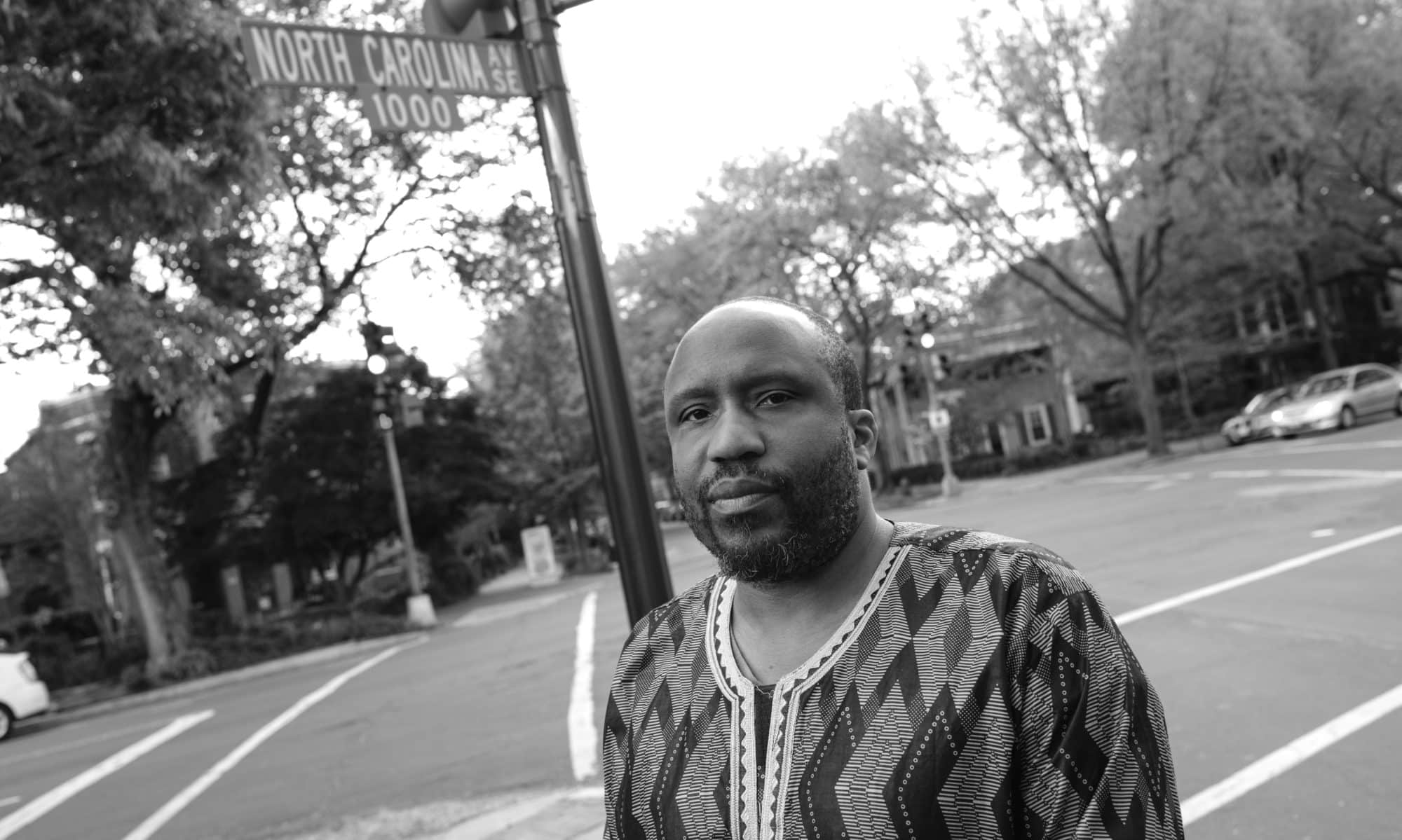Tomorrow September 23, 2021, would have been John William Coltrane’s 95 birthday. This year, after 5 years of living in Trane’s home state of NC for almost 5 years now, I finally got to celebrate his commemorate his birthday in a way that I think got me thinking again about what his life and music have meant to me.
My friend and neighbor, Jazz Incognito, (WXYC 89.3 FM Chapel Hill) has an amazing radio show that spend so much good music, invited me on his show to speak about John Coltrane, poetry, and what his work has meant to me. Not only was it a lot of fun, but I think it could be a step toward my own re-engagement with his work. Some time ago, I remember being discouraged from writing poems inspired by Jazz and Trane by some folks whose opinion I really took to heart, so I had stopped. Today, as a poet and writer, I have a little more confidence in my voice and more tools at my disposal, so perhaps I am better equipped to reflect and more fully say what I want to say about Trane’s life and music.
Here the interview I did with Jazz Incognito and a portion of the show. I encourage you to check out the whole show when it air and check out the amazing archive of shows on Jazz incognito, you won’t be sorry .
Here is one of my poems inspired by Trane and his experiences in Japan. Thanks to Kim Roberts for publishing this poem on Beltway back in 2007, it was (and still is) such a blessing to have my poems published there among writers and thinkers who love.
|
TRANE’S BLUES @ NAGASAKI in a world where calls to prayer of breaking bones and the rhythm i have learned to question. what is this way of seeing, viewing what is the sound that follows sight to be a force for good… a drone calls me at the hour of God; the high that begins the search i have found that the warm space is my sanctuary, the calm center of a whirlwind note is a prison for all |
Here are some links to other poems I had published on Beltway
Fred Joiner: The Wartime Issue
Fred Joiner: DC Places Issue
Fred Joiner: Audio Issue
Here is a piece I wrote for Trane’s 81st birthday on the now-defunct website Everyday Citizen:




















